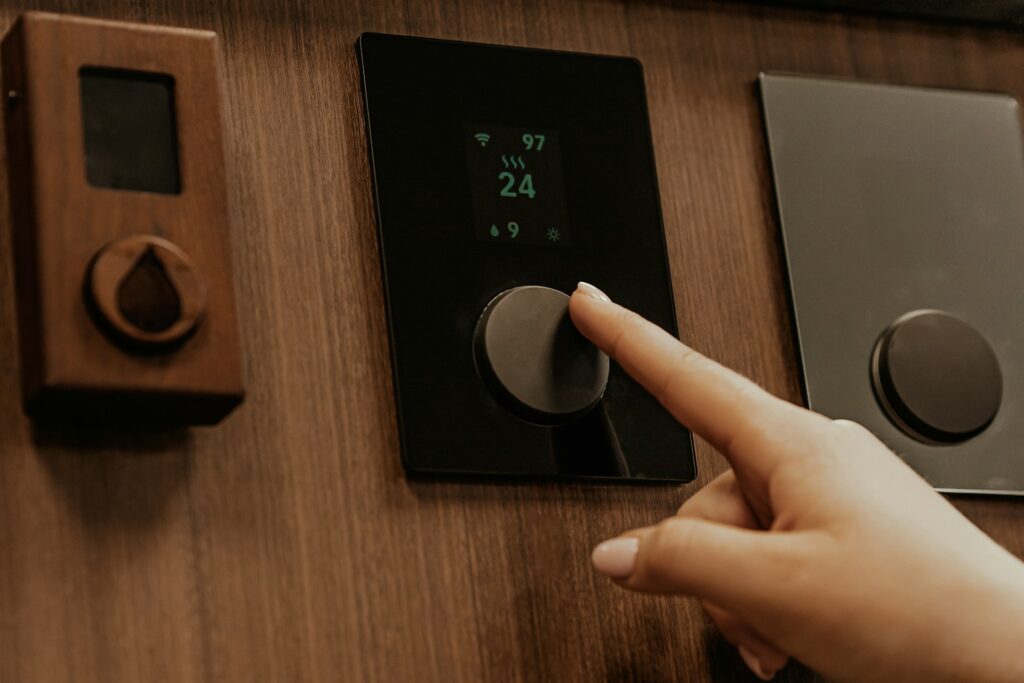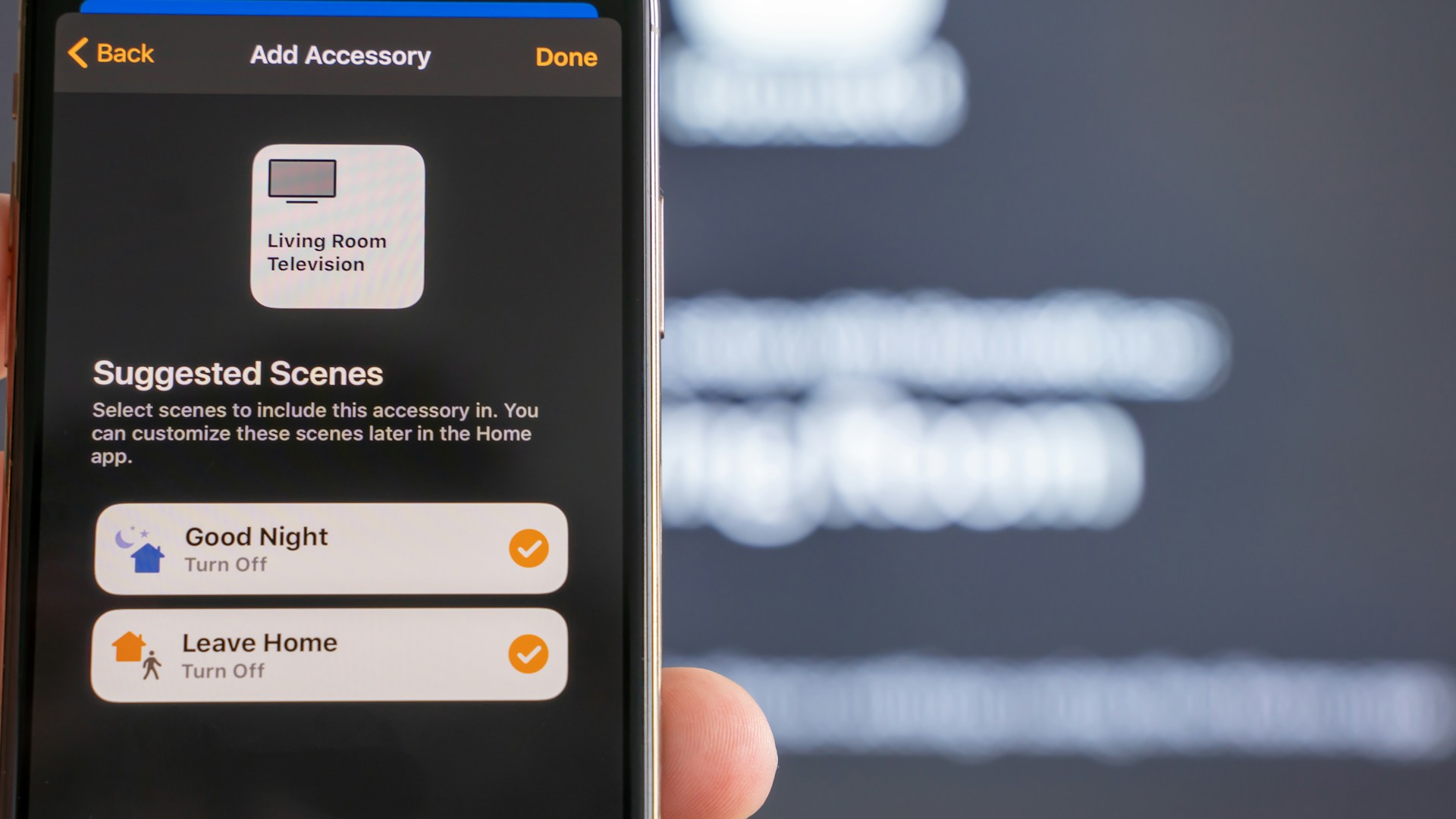Smart Home Technology for Affordable Living
Rising living expenses motivate people to discover creative solutions that control expenses without reducing their lifestyle quality.
Home automation technology now brings major benefits by simultaneously improving energy savings and property defense alongside automated operations management.
This blog explores how affordable living is enabled by smart home systems and their money-saving benefits, together with their enabling technology.
How Smart Home Technology Reduces Costs
Smart home technology uses its energy-saving features to make homes less costly while maintaining user accessibility and system management simplicity.
Advanced systems have transformed traditional affordability standards by combining energy optimization with waste reduction while delivering cost-effective benefits for homeowners.
Here are some ways it achieves this:
a) Energy Efficiency
Thermostat systems like Nest and Eco Bee learn about household behavior patterns so they can optimize building heat and cooling according to real needs.
These devices make a major impact on utility costs because they prevent useless energy usage.
Autonomously operated smart lighting systems illuminate only the active spaces thus reducing both power costs and energy waste.
b) Water Conservation
The combination of smart water leak detectors together with smart irrigation systems enables the prevention of wasteful water use.
These devices monitor weather along with soil moisture to determine appropriate lawn watering according to real demand which results in both saved water and money.
c) Appliance Automation
Devices under the name of smart appliances bring increased operational efficiency to items like washing machines, refrigerators and ovens.
Some advanced devices work with energy models that offer price timing information to help users decrease their costs by operating their appliances during lower-tariff periods.
Key Smart Home Technologies for Affordable Living
Smart home products available today match the needs and financial requirements of any household type.
Here are some of the most impactful technologies contributing to affordability:
a) Smart Energy Management Systems
Through systems like Sense customers can monitor their energy consumption in real time and locate high-energy consuming devices.
Homeowners gain better resource management through usage insights which help them reduce their utility expenses.
b) Smart Security Systems
Home safety is maintained through inexpensive security camera and doorbell camera and smart lock installations which provide professional-grade protection without monthly monitoring fees.
The remote home surveillance systems provided by Ring and SimpliSafe enable users to check their properties through digital interfaces along with securing their homes at lower prices than traditional security solutions.
c) Voice Assistants and Hubs
Users can manage several connected devices from one unified platform through control hubs including systems from Amazon Alexa and Google Assistant and Apple Home Kit.
The streamlined system design enables improved convenience and operates connected devices with increased efficiency to reduce ov
d) Renewable Energy Integration
Solar panels and home batteries operate with smart home technology through a system of total integration.
The process of successful renewable energy management enables homeowners to decrease their power grid dependence which results in reduced energy costs in the future.

The Future of Affordable Smart Living
According to ongoing technological advancement smart home innovations are becoming both more accessible and cheaper for consumers.
Here are some trends shaping the future of affordable smart living:
a) AI-Powered Smart Homes
The integration of artificial intelligence pushes smart homes ahead by performing autonomous systems optimization along with automatic predictive functionality.
AI-powered thermostats use artificial intelligence to forecast weather patterns allowing automated pre-emptive setting changes for economical heating control.
b) Wider Adoption of IoT
Smart homes continue to grow wider through the Internet of Things (IoT) expansion of interconnected devices.
Manufacturers compete actively within the growing ecosystem which forces price reductions that lower cost barriers for typical family homes to purchase smart home technology.
c) Government Incentives and Rebates
National governments support home energy-efficient technology adoption with various incentives including rebates while also providing subsidies and tax credits.
Energy-efficient technology investments become more affordable due to these incentives which reduce barriers for homes to purchase smart home systems.
Overcoming Barriers to Smart Home Adoption
Various difficulties stand in the way of people adopting smart homes as their system.
A dedicated section will tackle regular struggles including smart devices’ initial purchase cost and users’ worries about data security as well as technical setup difficulty.
The third section examines two key aspects: inexpensive starting hardware for smart homes and improved user training to understand these systems better.
Conclusion
Smart home technology has transformed affordable living by merging cost-saving efficiency with modern convenience.
From energy-saving thermostats and automated lighting to water conservation and renewable energy integration, these innovations reduce utility bills while enhancing comfort and security.
As AI and IoT advance, smart homes will become even more accessible, with government incentives further lowering adoption barriers.
While challenges like upfront costs and technical complexity exist, budget-friendly starter kits and improved user education are making smart technology achievable for all.
The future of affordable living is smart, sustainable, and within reach—empowering homeowners to save money, conserve resources, and enjoy a seamlessly connected lifestyle.
Embrace the smart home revolution today and take control of your expenses without compromising quality.
Also read: The Psychology of Home Ownership: What Makes It Essential?

